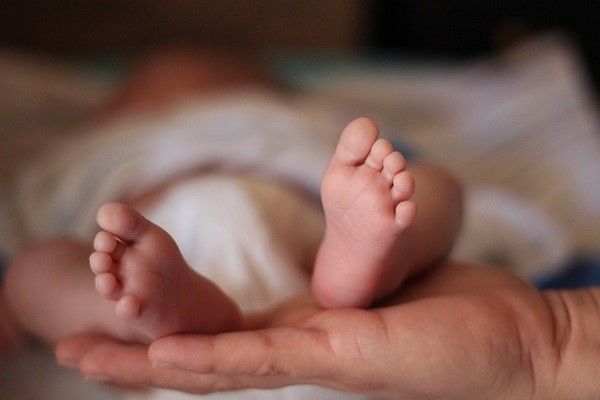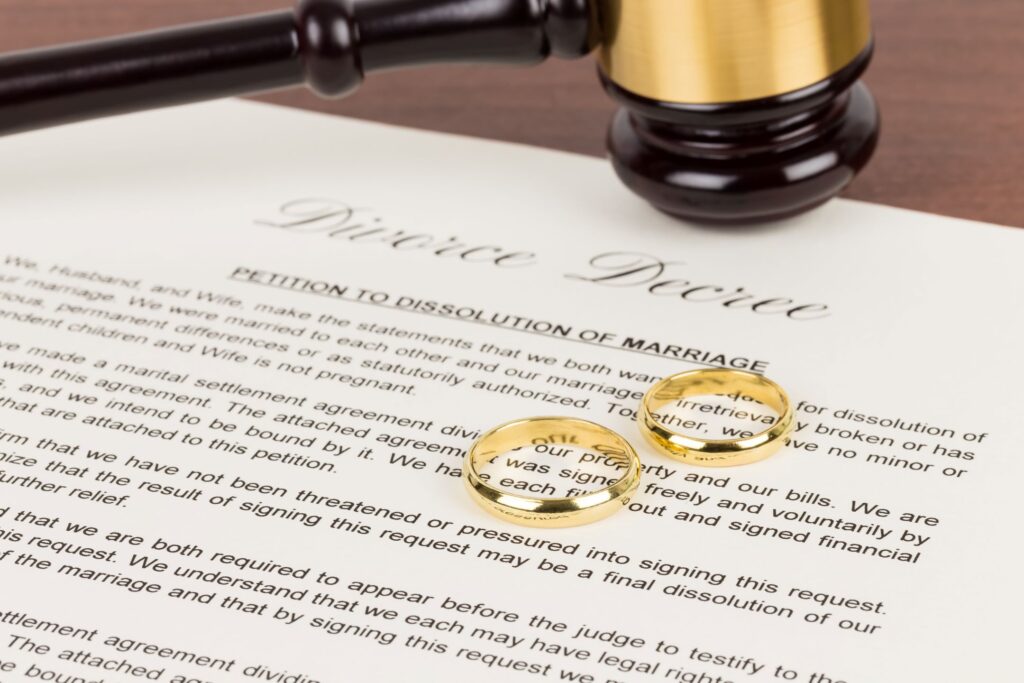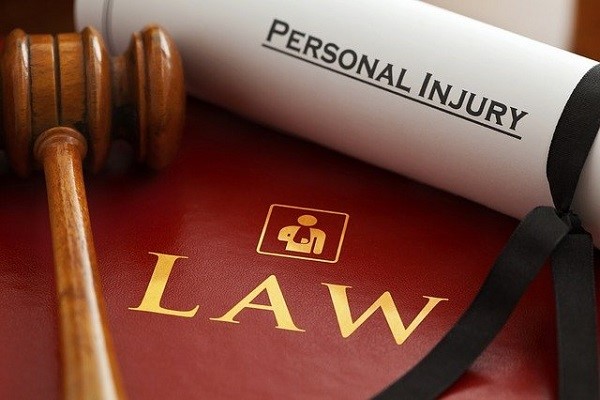Now Reading: What Parents Should Do if Their Child Suffered a Birth Injury
-
01
What Parents Should Do if Their Child Suffered a Birth Injury

What Parents Should Do if Their Child Suffered a Birth Injury
Birth is a joyous occasion, but it comes with a lot of stress on the infant and mother. While modern medicine and science have done wonders to improve the process, there is always a risk of complications or health problems impacting the ease of childbirth.
It can be hard to know what to do if your child suffered a birth injury, but there are resources available to you. For example, suppose you think it was someone’s fault that the infant was injured. In that case, you could even pursue a medical negligence lawsuit to help you recover the medical expenses related to the injury or any future disabilities linked to the birth injury.
According to statistics, in 2000, about 6 to 8 babies born in the United States suffered from birth injuries. The CDC paints another picture: among the leading causes of infant death in the past couple of years, accidents (unintentional injuries) occupied a dishonorable third place.
The numbers might be small (fortunately), but the parents of these babies are more than just statistics. They are people needing help and, most of the time, legal support.
The homework parents need to do in birth injury cases is tremendous, so let us help a little!
Statute of Limitations
Speaking of legal aid, parents should know that birth injuries come with a statute of limitations as almost all legal matters. Therefore, you have a narrow window of opportunity to file a claim or initiate a lawsuit for birth injuries depending on your state.
For instance, Vermont has a three-year statute of limitations for birth injuries and a two-year statute for wrongful death. Therefore, if the birth injury occurs in this state, Vermont birth injury lawyers will fight for you and your baby. However, even if the statute of limitations for medical malpractice in Vermont is three years. But you have only two years to file a claim if you learned you were the victim of medical negligence after the fact, as long as it is within seven years since the incident.
When it comes to proving medical negligence, malpractice, and birth injuries, things can get very complicated, especially when parents learn about their children’s disabilities years after the birth injury occurred. California also has a 3-years window for parents, whereas most states (Texas, Utah, Arkansas, Virginia, or Arizona, to name a few) have a two-year statute of limitations. The short conclusion here is to hire a birth injury lawyer from your state immediately after you discover you have the grounds for a claim or a lawsuit.
Common Causes of Birth Injuries
Aside from malpractice or negligence, birth injury risks increase when there is little to no prenatal care. Monitoring a pregnancy and the development of the fetus is critical to ensuring a happy, healthy baby someday.
Premature infants are much more likely to need afterbirth care and are more susceptible to birth injuries. A delayed birth, which is more than 18 hours of labor, can also increase the risk to the infant.
Birth Injuries vs. Birth Defects
A birth defect, now primarily referred to as a congenital disability, is usually the result of an event or condition occurring while an embryo or fetus was still developing in the womb. Birth defects are mostly spotted in the first three months of pregnancy. Birth defects are typically not handled by a birth injury lawyer, but there may be a link to the quality of your prenatal care. Most birth defects are genetic or the result of alcohol or drug use during pregnancy.
On the other hand, birth injuries are generally the result of an event or trauma during the birthing process or something related to neonatal care. Minor birth injuries are common and not a serious concern. Many birth injuries are easily recovered from and do not have any lingering impact on the child.
Examples of Birth Injuries
Due to the difficulties of birth, both brain bleeds and head trauma are standard forms for a birth injury to consider from a medical and legal point of view. Other minor traumas or bends are usually fine with some rest and minimal medical attention.
Birth asphyxia can occur if an infant experiences oxygen deprivation. Birth asphyxia can lead to unconsciousness or death.
Some lifelong disabilities can result from a birth injury. For example, cerebral palsy, hypoxic-ischemic encephalopathy, and periventricular leukomalacia can stem from a birth injury and have long-term, serious consequences.
Some intellectual impairments and seizure disorders are also the results of birth injuries. The good news is that almost all birth injuries are preventable through proper prenatal and afterbirth care and attentiveness.
Who is Responsible for Birth Injuries?
If there are any health concerns or complications during birth, doctors often send infants to the neonatal intensive care unit (NICU). Unfortunately, many birth injuries worsen or happen in the NICU due to a lack of attention to detail or complicated diagnostic situations. Without swift correction, infants can quickly spiral and experience a worsening of health. The NICU staff might be found negligent in a malpractice suit if this is the case.
The physician or birth expert responsible for managing risks during the birth could also be found liable if their decisions were not medically sound. Choosing who will attend the delivery is a big decision between a physician, a midwife, or both. It should be clear who is in charge and liable before the birth occurs, but most of all, you should trust the person’s judgment.
Get an Attorney
If your child experienced a birth injury that will have a lasting impact on their wellbeing or caused you to accrue hefty medical expenses, it might be wise to hire a lawyer. Birth injury attorneys can do a lot for you and your child.
Birth injuries have a strong relationship with medical negligence and malpractice, some of the most common reasons for lawsuits in this area. In addition, the conditions and impairment that result from birth injuries can be a long and expensive hurdle for a child or family to overcome, and seeking damages can ease that burden.
Author:











